Micro Mobility Systems has chosen this year’s IAA Mobility event (also known as the Munich Motor Show) to present the production version of the Microlino 2.0. This comes several months after the company first unveiled a near-production prototype back in March last year.
Production of the new-age bubble car is scheduled to start before the end of 2021 and it will be available in three trim levels (Urban, Dolce and Competizione) as well as three battery capacities. The starting price is 12,500 euros (RM61,574) and customers will have the freedom to pair any trim level with their desired battery capacity.
The Microlino features an electric powertrain that provides 17 PS (17 hp or 12.5 kW) and 118 Nm of torque, with a peak power of 26 PS (25 hp or 19 kW). In terms of performance, the electric vehicle, which has a kerb weight of 435 kg (without the battery) will take five seconds to get from 0-50 km/h and the top speed is 90 km/h.
As mentioned earlier, there are three lithium-ion battery options to choose from, starting with a six-kWh pack that provides up to 95 km of range. The next step up is a 10.5-kWh pack for up to 175 km, while the top option is a 14-kWh unit with up to 230 km.
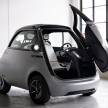
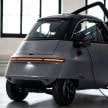
The company didn’t provide detailed charging information, but did say that getting from an 0-80% state of charge with an AC charger will take four hours for the six- and 14-kWh battery pack, while it’s three hours for the 10.5-kWh option.
Compared to the initial concept, the final version of the Microlino does see some changes under the BMW Isetta-inspired skin. Rather than using a tubular frame previously, it now features a unibody chassis, which is a first in the heavy quadricycle segment, resulting in improvements in safety, rigidity and driving experience.
Additionally, the suspension now consists of MacPherson struts all around rather than a pushrod setup at the front paired with a rigid rear axle. The abovementioned electric motor also delivers more peak power than the 16 PS (16 hp or 12 kW) previously, plus the car is said to be 10% more power efficient overall.
In terms of design, the Microlino remains faithful to what we saw last year, so you’ll still find LED light strips at the front and rear, headlamps integrated into the side mirrors and no door handles (you open the fridge-like door using a button below the headlamp). The adorable bubble shape is also the same as before and is bound to get the “it’s so cute” comments.
Inside, the revisions include a new seat design and the dashboard now comes with two digital displays: one acting as the digital instrument cluster and the other for climate controls. There’s still no infotainment system, but there is an aluminium bar that allows for smartphones and Bluetooth speakers to be clipped on, while also being the “handle” for closing the door.
The Microlino has room inside for two people and the rear boot offers up to 230 litres of cargo space. It should be noted that the steering column is fixed instead of being connected to the door, but we’re assured that there’s no issue with ingress and egress.
The Urban trim level is the base option and comes in just two exterior colours (Santorini White and Amsterdam Orange) as well as two plain interior schemes of black and anthracite fabric. Customers can specify a sliding roof at an extra cost, but there are no light bars on this version.
For more goodies, the Dolce trim gets chrome accents and a wider colour palette of five options, including three colours (Paris Mint, Milano Red and Zurich Blue) paired with a white roof. The LED light bars and sliding roof (available at no extra cost) are standard here, along with an interior that can be had in a more upmarket fabric and vegan leather.
The top-spec Competizione takes a more contemporary styling approach compared to the retro-inspired Dolce by adding more subtle chrome details, a gloss black roof and matte body colours (Gotham Anthracite, London Green and Torino Aluminum). The rest of the kit list is similar to the Dolce.
According to Micro Mobility Systems, over 24,000 reservations for the Microlino have been received so far, although it will take a while for the company to fulfil orders. This is because the company’s Turin plant currently has a planned production capacity of just 7,500 units annually, although there are provisions for expansion in the future. Deliveries are expected to kick off in Switzerland first, followed by Germany, with sales in the rest of Europe set to begin later on.
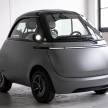


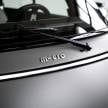
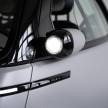
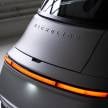
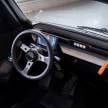
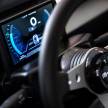
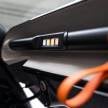
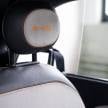
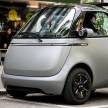
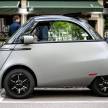
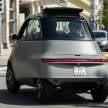
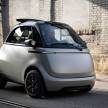
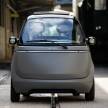
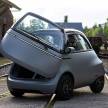
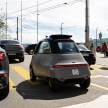

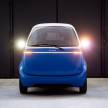
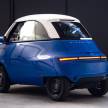
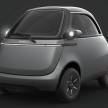
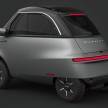
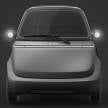
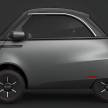
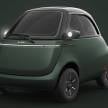
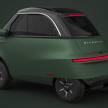
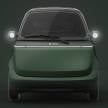
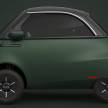
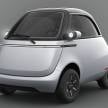
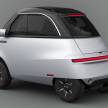
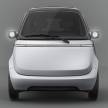
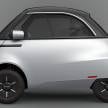
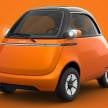
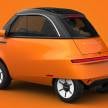
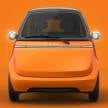

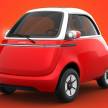
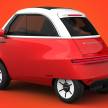
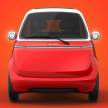

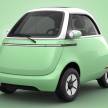
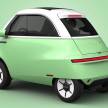
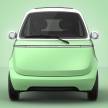
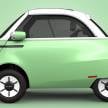
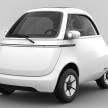


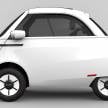
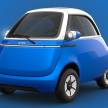

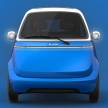
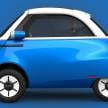

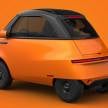
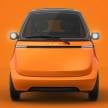
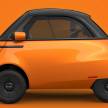
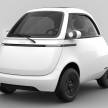
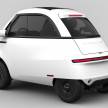

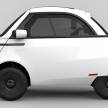
GALLERY: Microlino 2.0 prototype 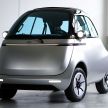
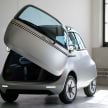
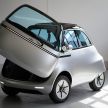

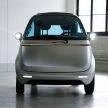
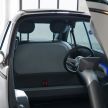
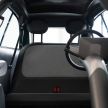
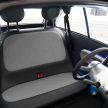
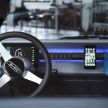
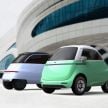
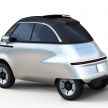
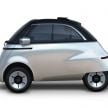
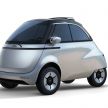
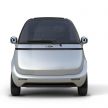
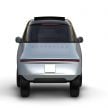
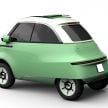
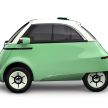
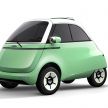
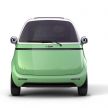
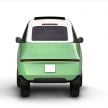
The post Microlino 2.0 debuts in production form – BMW Isetta-inspired EV city car with up to 26 PS, 230 km range appeared first on Paul Tan's Automotive News.

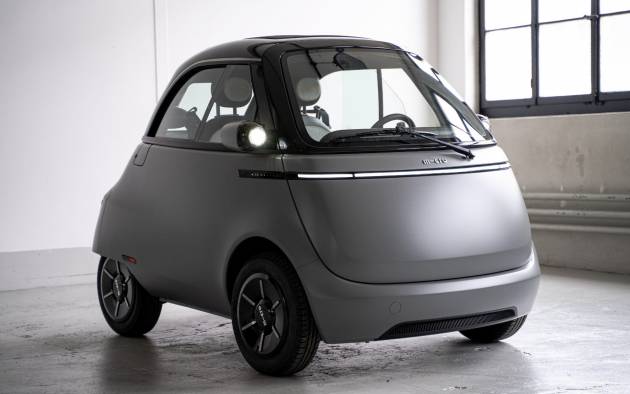
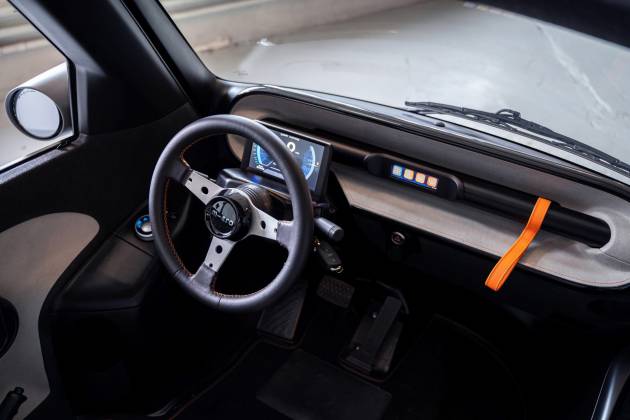
0 Comments